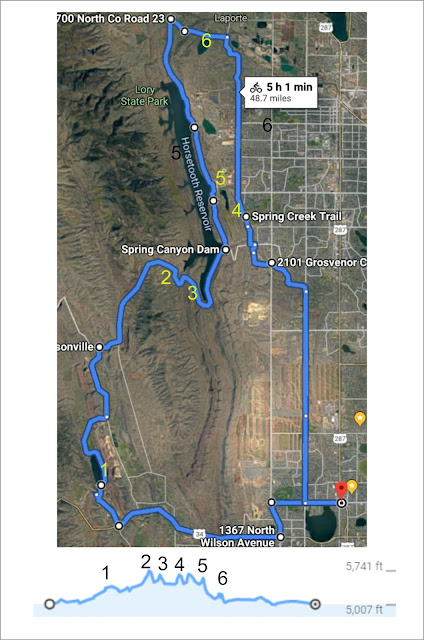Circle Diamond Square Code Breaker Game
The Circle Diamond Square is a two-player game in which players compete to find the other players' secret number. The secret number has four digits, each digit a number between 0 and 9; all the numbers are different. The players take turns as the Coder and the Decoder.
The Coder picks a secret number code; the Decoder attempts to crack the code using clues from the Coder. Each player has a worksheet with tables with rows and columns for writing the code number, decode number and the clues.
The game begins when the Coder writes four secret number digits in the Coder table’s top row. To start guessing the secret number, the Decoder writes four numbers in the top row of the Decoder table. The Decoder tells the Coder the number. The Coder writes the guess on the row under the secret number.
The Coder responds with a clue in circle, diamond, or square code that the Decoder uses to deduce the secret number.
If the guess digit number matches the secret digit number and both digits are in the same number order, the code response is the number of squares. Four squares win the game. If the guess digit number matches the secret digit number but the digit is not in the number order, the code response is the number of diamonds. If the guess number does not match any secret number digit, the Coder responds with the number of circles. Four circles mean none of the numbers match.
The clue states the total code counts, not the digit order. Circle means the count wrong number. Diamonds mean the count correct digit, wrong position. Square means the count of correct digits and proper position.
Each person has a tally sheet with tables and records their numbers. Players position themselves so neither can see the other’s tally sheet. Players must respond truthfully to a guess.
For example, if the coder number is 5246 and the decoder guesses 1234, the reply would be 1 square (the 2), 1 diamond (the 4), and 2 circles. If the guess is 5246, then the reply is 4 squares—a win!
The play is for 8 guesses. If the Decoder cannot break the code, the Coder wins. When a Coder unintentionally responds with an incorrect answer. If the Decoder suspects the Coder answered incorrectly, the Decoder may challenge the Coder’s answers. At that point, both players review the tally sheet. If the Coder is incorrect, then the Decoder wins the game.
The game has mixed origins. An old game, “Bulls and Cows,” used the word “bulls” to mean correct digit, correct position, the same as “diamond.” The word “cows” is the same as “diamonds”. A 1970’s commercial version called “Master Mind” used a board with pegs. In the late ’60s, students played using ruled paper with 2 vertical lines to track mine and their guesses. Joseph Flanigan wrote this 2016 version as a memory of those student days and hoped others would find it enjoyable.
The word “circles” is logically unnecessary because 4 is the number of digits in the secret number, and subtracting the number of diamonds and the number of squares equals the number of circles. However, in verbal replies, using circles ensures the answer count is always 4. If the answer is 4 circles, the response is almost as enjoyable as 4 squares.
Example Game







